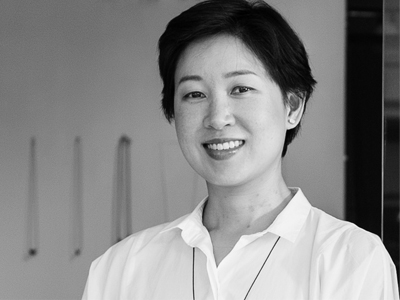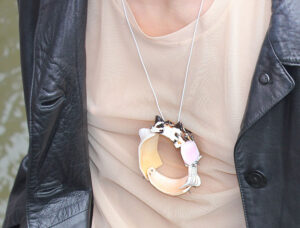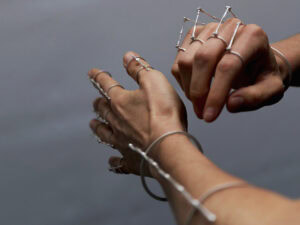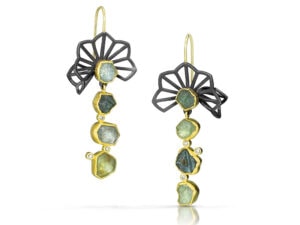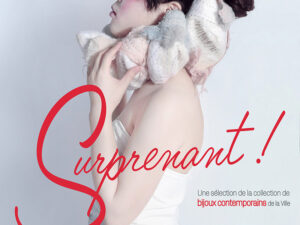This is the way Zimmerhof works: A core group of five people (the hosts) invites a team of willing organizers—which tends to self-select every year—to put together the program for the next edition. The organizers pick the theme, think up a groovy line-up of speakers, get worried that they won’t show up, are reassured three days before the meeting starts, travel to the most agreeable 19th-century farm imaginable in Germany’s southwestern region of Baden-Württemberg, and meet with the hosts: Yvonne von Racknitz, on whose estate the symposium has taken place since 1996; Ulrike Ortwein and Ursula Woerner, the multitasking facilitators; Ulrich Haass and his bevee of student-cooks; Herman Hermsen, the event’s longtime advocate and benevolent advisor. The hosts have been doing the hard work—preparing the farm for the 150 to 200 guests who converge there every year—and will ensure that, for the next four days, all goes smoothly. They are the invisible and voluntary hands that have made it all not just possible, but one of the most looked-forward-to contemporary jewelry reunions on everyone’s busy agenda. For the last 20 years.
This year’s Zimmerhof symposium was particularly ambitious and, I thought, extremely successful. The three organizers—Adam Grinovich, Annika Pettersson, and Florian Milker—got the ball rolling by sending their 12 prospective speakers a rather long, quite complex, and very funny explanation of the theme they had chosen. (The last paragraph, which caused much soul-searching, asked: “HD TREASURE investigates the combination of technology (both new and old) and its impact on aesthetics. Within these new forms are new emotions, new ways of seeing and feeling arising? Is this the future or a passing trend? Are we, as makers, thinkers, as sensitive beings approaching towards the divine? Or are we burying ourselves into an entropic abyss of information?”) Let’s talk about “heritage” and “preciousness” in the digital age, shall we? Speakers wondered if they had to pick sides between progress and tradition, and constructed talks shaped like assertive question marks—fragmentary maps of their past and open-ended narratives for the future—which fermented, percolated, and bubbled up to make up the heady brew of Zimmerhof.
On the very last day of the symposium, an emotional Yvonne came onstage (she very rarely does so) to announce to her guests that she couldn’t guarantee that the symposium could be held in Zimmerhof in 2017, and indeed that a new venue would eventually have to be found: The estate was changing hands. At that point the audience—historical supporters and newbies alike—realized how miraculous it was that such a fragile enterprise could have lasted so long, and gave a long standing ovation to that handful of people who have kept it aloft all these years.
I am happy that AJF was given permission to publish the talk given there by Bangkok’s ATTA Gallery owner Atty Tantivit: It is but a glimpse of the alchemistic program of HD Treasure, but one that goes to the heart of the complex issues it tackled. It might also encourage you to go next year: the programe is already simmering in the heads of Pieter Elbers and Rutger Emmelkamp, from the Gerrit Rietveld Academy…
Here’s to Zimmerhof’s future!
—Benjamin Lignel
